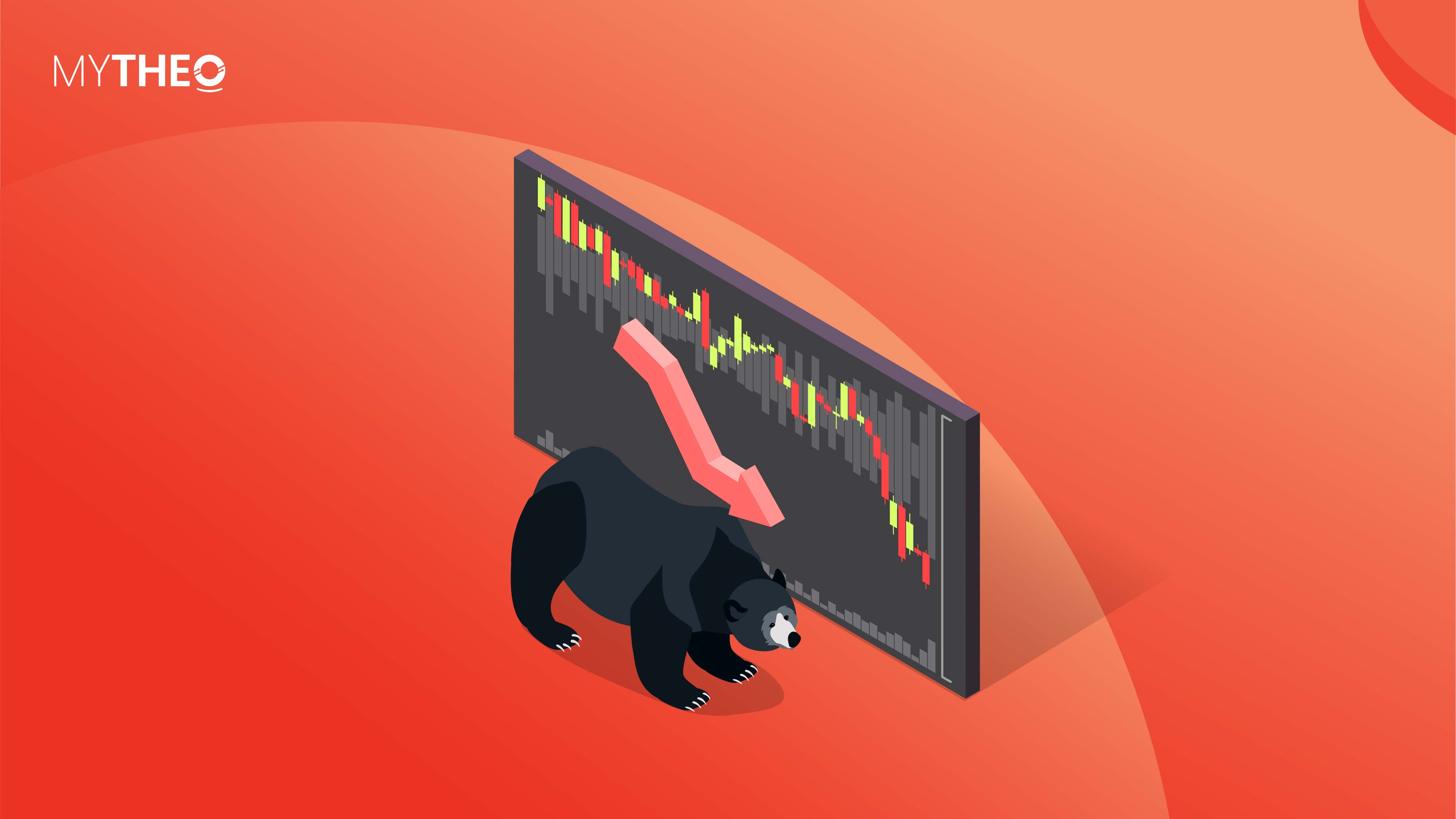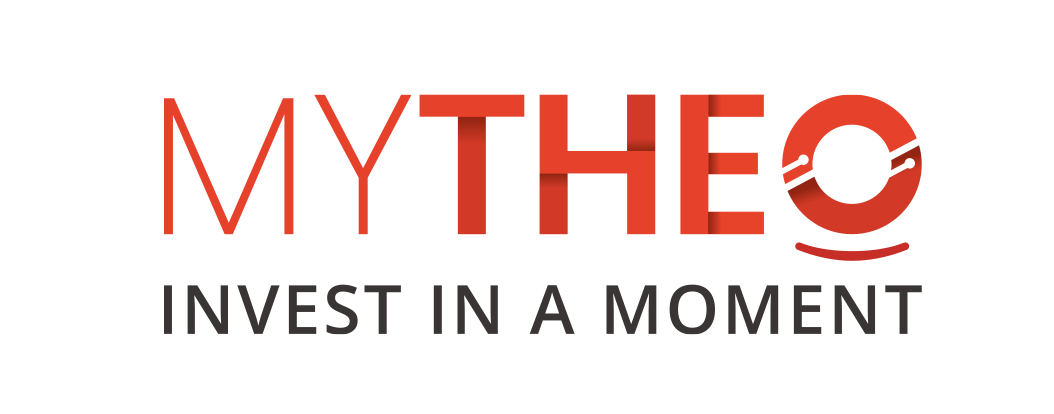Thursday, 29 December 2022
Written by MYTHEO

2022 was a tough year to be an investor, with global markets falling as much as 27%* and the S&P 500 on track for its worst annual return since 2008, the year of the Global Financial Crisis.
However, as anxiety-inducing as sharp falls in markets can be, it is always important to zoom out and put all this in perspective - bear markets are a natural part of financial markets and this graph by Capital Group really helps put it in context.

Sources: MSCI, RIMES. As of6/30/22. Data is indexed to 100 on 1/1/87, based on the MSCI World Index from1/1/87–12/31/87, the MSCI ACWI with gross returns from 1/1/88–12/31/00, and theMSCI ACWI with net returns thereafter. Shown on a logarithmic scale.
Beyond that, it’s also important to remember that more has been gained in bull markets, than has been lost to bear markets as illustrated by the chart below from a 2019 Invesco report titledBull and bear markets — historical trends and portfolio impact

Based on Bloomberg LP data, the chart illustrates the returns of the S&P 500 over 61 years, and in that time Invesco notes that:
- The average gain in a bull market was 153.71%, with the average bull market lasting 55.1 months, or just over four and a half years.
- On the other hand, the average loss in a bear market was 34.33%, with the average bear market lasting around 11.7 months, or just under a year.
In short, what both these charts tell us is that if we have a long-term horizon, the impact of bear markets and market volatility can be minimized with a cool head, time and patience.
In fact, bear markets can even be considered buying opportunities as MYTHEO Chief Investment Officer Matthew Stuart-Box noted in a recent webinar.
That said, attempting to wait for bear markets to invest can be very dangerous as it is very tempting but (almost) impossible to do consistently.
Instead, investors should stay invested, be smartly diversified and dollar-cost average. This is generally a more realistic way of building wealth than trying to time markets.
But what if you don’t have a long time horizon?
This then highlights the need to be appropriately invested based on your age, timeline to financial goal, and risk profile, which is a key focus at MYTHEO.
MYTHEO uses 3 functional portfolios as building blocks for the personalized portfolio construction - The Growth Functional Portfolio, the Income Functional Portfolio, and the Inflation Hedge Functional Portfolio.
These portfolios are core to MYTHEO’s personalized portfolios and are intelligently combined by our proprietary profiling algorithm to build an optimised personal portfolio that takes into account a client's age, assets, risk tolerance and investment horizon.
Each functional portfolio has its role in a client’s portfolio and can be allocated with a different weight depending on the profile of the client.
The Growth Functional Portfolio is made up of high-quality diversified equity ETFs which tend to yield higher returns over time.
The Income Functional Portfolio focuses on generating income through investments that offer dividends or interest payments. While it tends to yield lower returns, it can be used to balance out the risks associated with global equities depending on an individual’s profile.
The Inflation Hedge Functional Portfolio invests in assets such as property, gold, and Treasury Inflation-Protected Securities (TIPS), that are resilient. This helps to protect the real value of your assets and add an inflation hedge element in a client’s portfolio.
Notes
*based on the iShares MSCI ACWI ETF
Disclaimer
Past performance is not a guarantee of future returns.
The above content and communication is for educational and informational purposes only.
This communication is also subject to terms available at the following link: https://www.mytheo.my/MYTHEO/resources#legal-and-documents



